Impressions from Dreamforce 2019 – what is Dreamforce and why should you attend it?
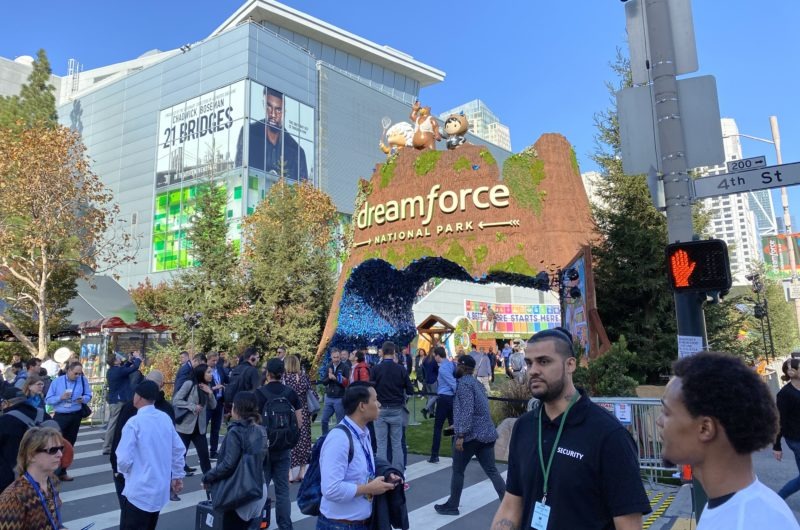
Dreamforce is the world’s largest software conference, attended by 171,000 participants in this year alone – people who wanted to feel the positive energy which accompanies this event and to attend some of the 2,700 lectures and workshops offered as part of the conference.
This year, in that crowd of 171,000 people, there were also three employees of HSM: my brother Juraj, our Salesforce consultant Dejan and I. It was my second time at Dreamforce, while my colleagues had the pleasure of attending the conference for the first time.
The Dreamforce conference is held by our partner Salesforce, a great company in every aspect and the global leader in the field of Customer Relationship Management (CRM), which has also become a leader in the field of digital marketing and business intelligence in the last few years by means of smart acquisitions.
This year’s conference took place, as always, in San Francisco, where the headquarters of the company are situated.
With more than 8,000 employees in San Francisco alone (of the total 35,000 employees worldwide), Salesforce is the largest employer in San Francisco, which is particularly impressive given the fact that San Francisco is the home of some of the world’s largest technological giants like Uber, Lyft, Airbnb, Twitter and Fitbit, as well as some of the “traditional” companies such as the Wells Fargo bank or clothes manufacturers Levi Strauss and Gap.
As for the city of San Francisco, it is a surprisingly small city with fewer than 900,000 inhabitants, so we can say that it is smaller than Zagreb. Regardless of its size, the city is one of the most famous cities in the USA with numerous sights, such as the Golden Gate bridge and the Alcatraz prison.
From this year on the view of the city is dominated by the Salesforce Tower, the tallest building in San Francisco and the second tallest on the US West Coast.
I have no intention of writing a travel book here, but I will share a few photos with you…
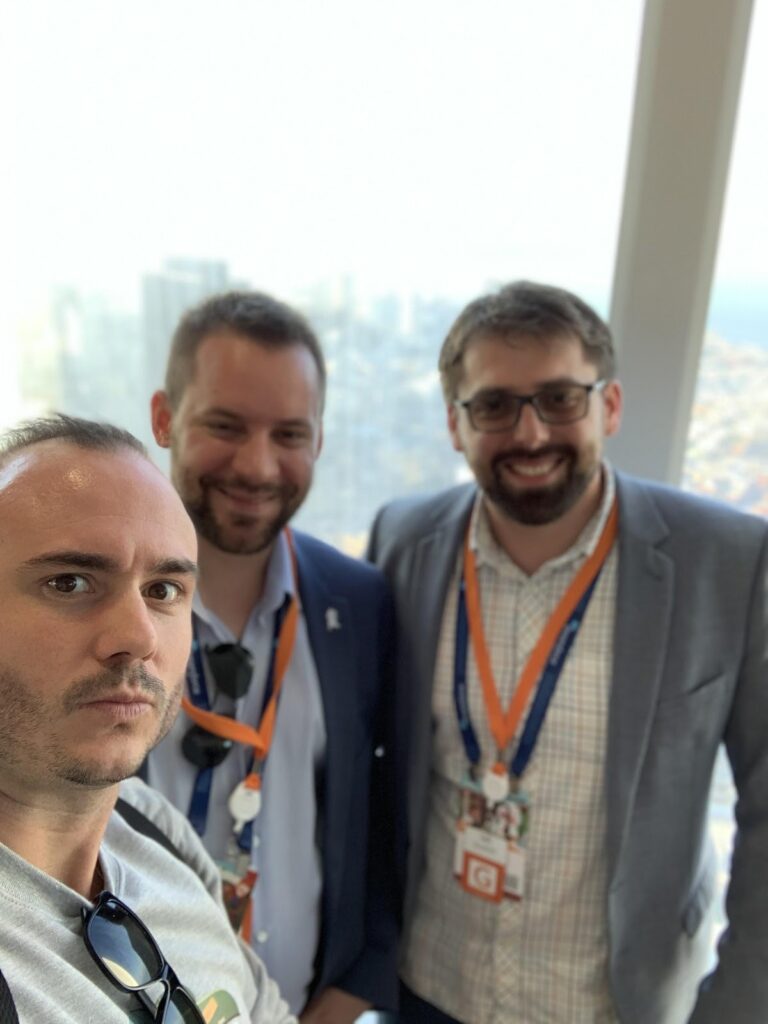
Juraj and I with Adam, one of our most reliable top quality associates in the last few years, the manager of the Salesforce partner programme for our country. Aren’t we photogenic? 🙂
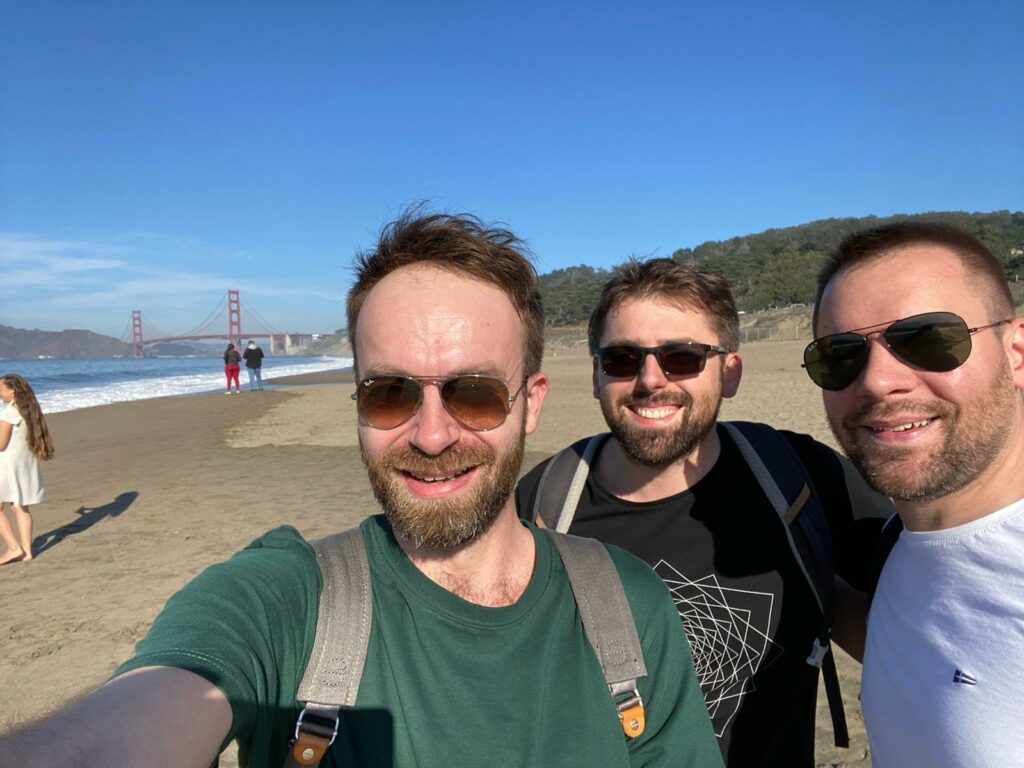
A sightseeing day before Dreamforce. Dejan, Juraj and I with the Golden Gate bridge in the background.
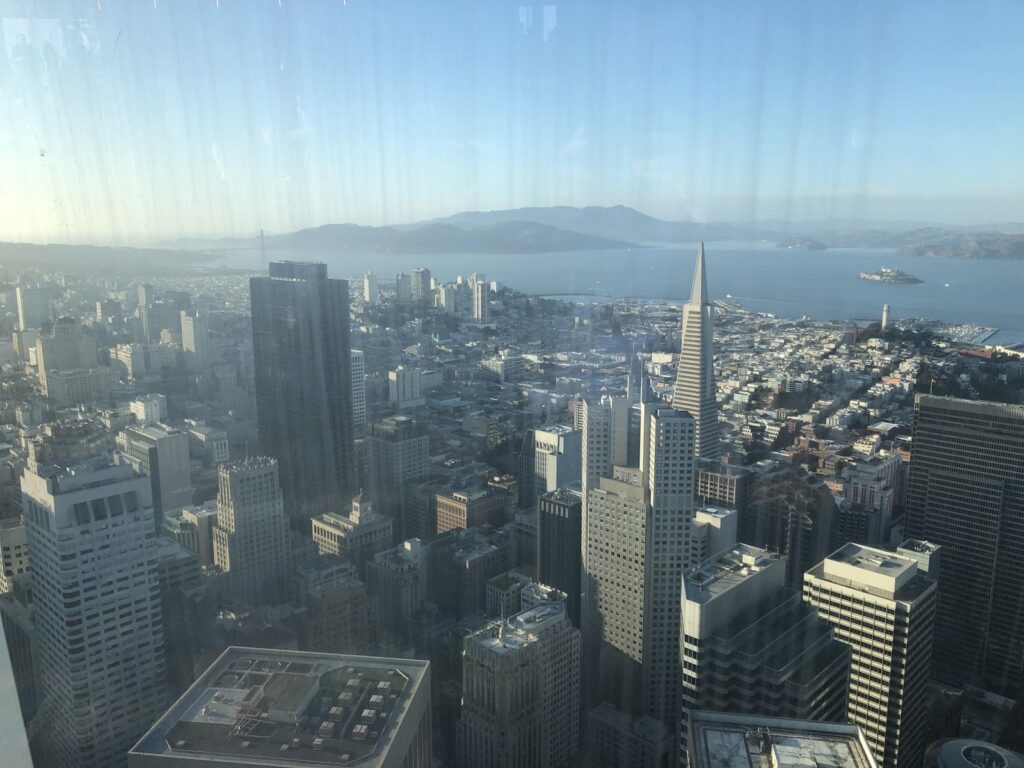
A view from the Salesforce Tower. A beautiful panorama of the city with the Alcatraz prison in the top right corner.
I would not enjoy writing, nor would you enjoy reading the report from all the lectures I attended, so I will focus on the skills I acquired at the conference.
The list of top five things at Dreamforce:
1. Diversity is not charity.
The former (and from what I’ve heard from the locals – dearly missed) president of the USA, Barack Obama, was one of the dozen famous speakers at the conference (alongside Apple CEO Tim Cook, Gucci CEO Marco Bizzarri, football player David Beckham, basketball player Stephen Curry, actress Emilia Clarke…). Since before Dreamforce I have never heard a single entire speech by Barack Obama, I was surprised at how spectacular a speaker he is, definitely the best one to whom I got to listen. He did not speak about politics at all, but about the importance of diversity of people (based on race, sex, religion, education, etc.) in a business environment. In the USA (and the situation is not that different in Croatia) the founders or managers of large companies (which are, as a rule, married white men who finished Ivy League colleges) surround themselves with similar people (married white men who finished the same type of colleges) with whom they easily find “common grounds”. What they do not understand is that this way they are losing diverse perspectives on the market and they are reducing their chances to think of something new, since everybody at the table thinks alike. This beautiful thought “Diversity is not charity” means that employing diverse people is not a noble gesture – it is a wise business decision.
2. For each of us to succeed, we all need to succeed together
One of the most important thoughts at Dreamforce is the idea that one should help others and be helped by others if they want to succeed. A good example of putting that into practice are the “Circle of Success” workshops, designed in a way that a topic (for example, use of a Salesforce product or more general business topics) is discussed by a number of people in a round-table. A Salesforce employee moderates the conversation, but for most of the time the conversation is held between participants, and somehow there is always a “healthy” combination of more experienced and less experienced clients. A person who helps less experienced colleagues at one “Circle of Success” workshop through their experience and knowledge, becomes the person asking the questions at the next workshop.
3. What matters is not the price, but the relationship between the invested and the gained.
I talked to a gentleman from Israel who had a sales booth at Dreamforce. The sales booth was not especially large (3 m x 3 m), nor had the best location, and it cost them USD 65,000 for four conference days. Nevertheless, they gladly return to Dreamforce every year and are already planning their visit for next year. The reason they come back is not the usual way of thinking “we have to be there because everybody else is”, but instead because they realized it is cost effective. This year they collected 4,000 business contacts (which is around USD 160 per contact), and in their line of work the “expensive” sales booth is a better channel for collecting contacts than the “cheaper” Google Ads for which they need around USD 500 per contact. If and when the ratios change, they will make a strategic decision not to come to Dreamforce, but to focus on something more profitable.
4. Business does not need to be boring, and neither do business conferences.
What causes the greatest excitement is the fact that the conference is actually a lot of fun. Most lectures at conferences I have attended so far have been essentially boring and have come down to the lecturer shifting through PowerPoint slides while speaking about a popular topic (take your pick: the Fourth Industrial Revolution, digital transformation, blockchain, big data, etc.), while the audience is sitting, writing e-mails and thinking about how many e-mails they could have sent had they stayed at work. This conference is like a show. The lectures were dynamic and impressive. For example, after the keynote lecture, the marvelous singer Alicia Keys entered the stage to play and sing a few songs. Additionally, they magically managed to make serious businessmen relax for a few days. In fact, those same businessmen were taking pictures with the mascots, sticking stickers with numerous animals on their laptops, playing games and collecting various plush toys. We certainly got a few ideas on how to improve our own events.
5. Celebrating success instead of “…, but…”
Croats may be vice-champions of the world in football, but they are world’s champions in complaining. It is difficult to say why that is so, but a Croat will rarely say something positive, which is not followed by a complaint diminishing its worth. And that does not have a practical application because the person complaining does not expect nor want help or advice. Here I will provide a few classic business examples (although this is also applicable to private life). Examples are the following: “The sale has finally started, but who will prepare all of the invoices?”, “I got the promotion, but I don’t like the fact I had to wait for it so long.”, and “We have finally signed up for this big project, but now we have to deliver it.”. A bad consequence of this is that we do not allow ourselves to enjoy success, not even for the time it takes for us to breathe in and finish the sentence. Americans are a lot more positive and specific. They will say something like “We have finally signed up for that big project! It will be a lot of work, let’s sit down and agree on how we are going to deliver it.”. The difference may seem little, but then again, in reality it is huge. You can’t teach an old dog new tricks, so I will continue doing what I do, but I will try to correct this behaviour in my younger colleagues.
Now I am home again after a 12-hour flight from San Francisco, so in the classic Croatian fashion, let’s go back to the above-mentioned “…, but….” phrase.
The list of five not so ideal things. Dreamforce is the best and the most interesting software conference in the world, but…
1. … it is super crowded.
San Francisco is actually a relatively small city (fewer than 900,000 citizens in the city and its surroundings), so there is always a big crowd of people, which of course gets bigger when 171,000 new people start simultaneously walking through the city centre. Although the organization was splendid, the most popular lectures and the queues for food were crowded (because you need to feed such a crowd of people during the one or two-hour lunch break). You do not have to be really smart to figure out that, when you are already standing in the queue for lunch for half an hour, you should talk to someone beside you or make a colleague in Zagreb happy by sending them a late evening e-mail or calling them about something that inspired you or a new idea of which you thought.
2. … it is far away.
If you decide to travel from Europe, you can count on a 12-hour flight (possibly changing flights and additional waiting time at the airport). With it you will go through a dozen time zones and experience the inevitable jet lag. I know it is difficult, but whatever you do, when you come to San Francisco, try not to fall asleep before your normal bedtime. A good tactic you can employ is to come to San Francisco a day or two before Dreamforce, so that you have enough time to recover from the flight, and sightseeing.
3. … the interest for the conference is huge, but the number of tickets is limited due to the capacity of the city.
Do think about buying the tickets as soon as possible. After it was announced that the tickets were on sale, we were indecisive about attending the conference for a few days, and all of the tickets were sold in a record time of one week. We managed to get our tickets after a few days of addressing different departments at Salesforce, and they made a concession for us as their partner. We plan on deciding whether we are going to Dreamforce or not already in the first half of the next year.
4. … there are so many good lectures it is nearly impossible to choose which to attend.
Some companies, we will call them “nerd companies”, spend weeks on arranging their “Dreamforce strategy” and who will attend which lectures. Other companies, we will call them “cool companies”, arrange their “Dreamforce strategy” in the pub the evening before the next day of the conference. In the end both types of companies hear something interesting and miss something else. If there are more of you from the same company attending the conference, the important thing is to separate and cleverly distribute yourselves to different lectures. Otherwise you lose the networking option, which is probably the most important part of the conference.
5. … nobody has got time for you.
Although more or less everybody with whom you interact (for example, the Salesforce team and the presenters at sales booths) are smiling and seem interested in what you have to say, their interest in you certainly does not last long, especially if you approach a lecturer during their break after the lecture. When approaching someone, I would recommend that you clearly define why you approached them and why they should care for what you have to say and to ensure that all that does not last longer than 10 seconds. A (made-up) example of this would be: “We are a company which specializes in introducing Salesforce in companies which produce fruit, and your solution which integrates Salesforce into the plantation-managing solutions seems like a great solution for one of our big clients. Could we exchange business cards so we could talk to the client together in case there is interest/budget for it?”. In that situation you get business cards and arrange next steps. If you do not have a clear vision of why you are approaching them, you get a subscription to a newsletter and a chance to try it again next year.
In the end…
That is all from me for now. I hope I piqued your interest in attending the conference next year if you have not already attended it. And if you have, I hope I reminded you of some beautiful things you have experienced there.
Related articles
NIS2, DORA, and the Cybersecurity Act – What Awaits Us?
NIS2 Directive – Who Does It Concern and How to Implement It?

What Is Penetration Testing and Why Do You Need It?

10 Questions You Need to Ask About the NIS2 Directive – and Why It Concerns Us All
HSM in 2024
Why buy a Google license from a local partner?
Google Workspace vs. Microsoft 365 – which one suits your needs better?
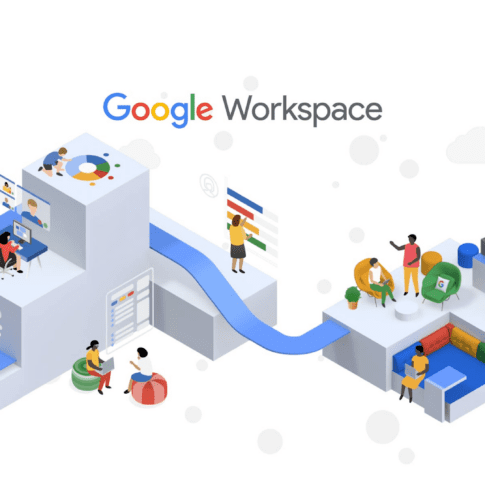
What is Google Workspace and how can it help teams collaborate even better?
HSM in 2023